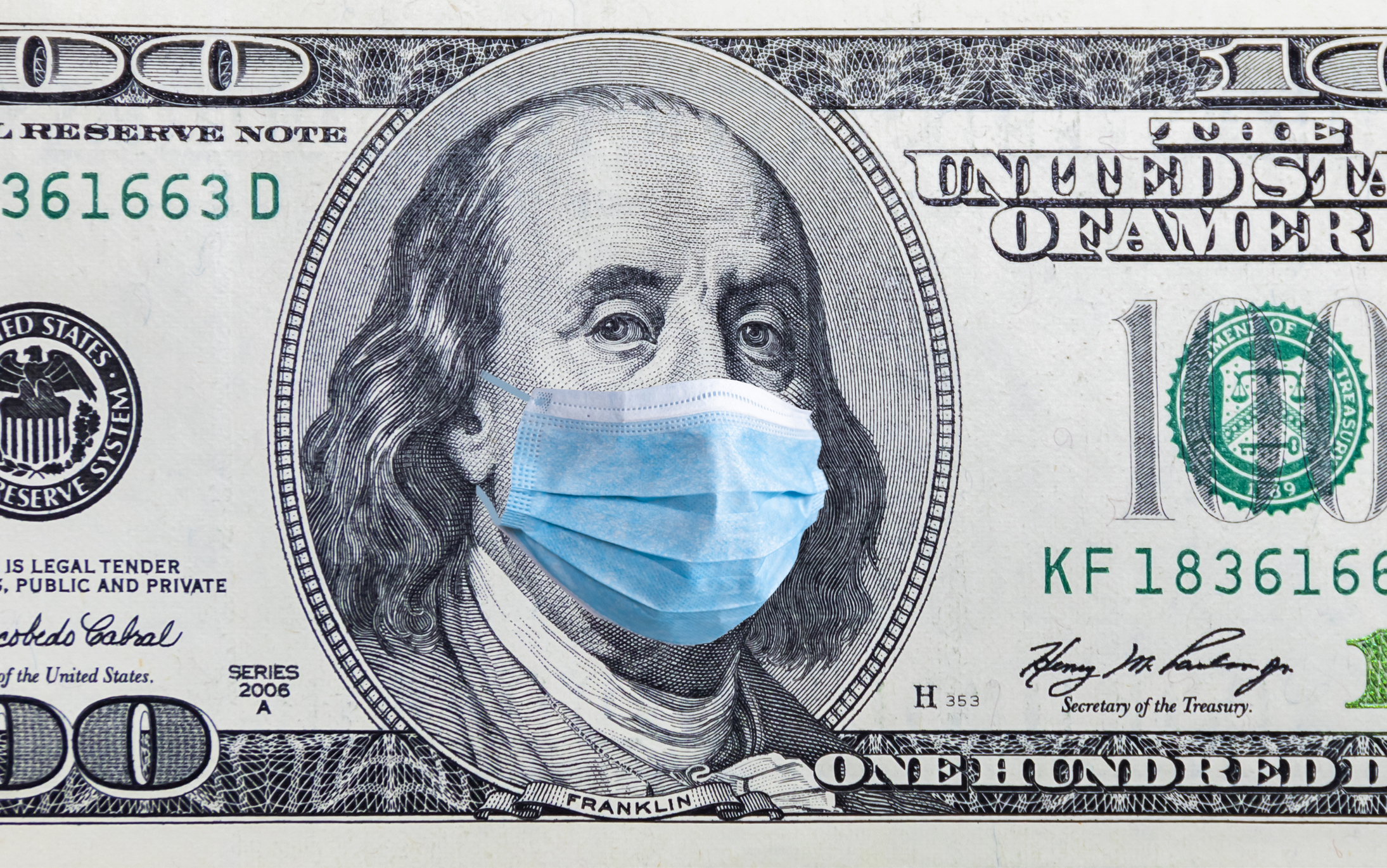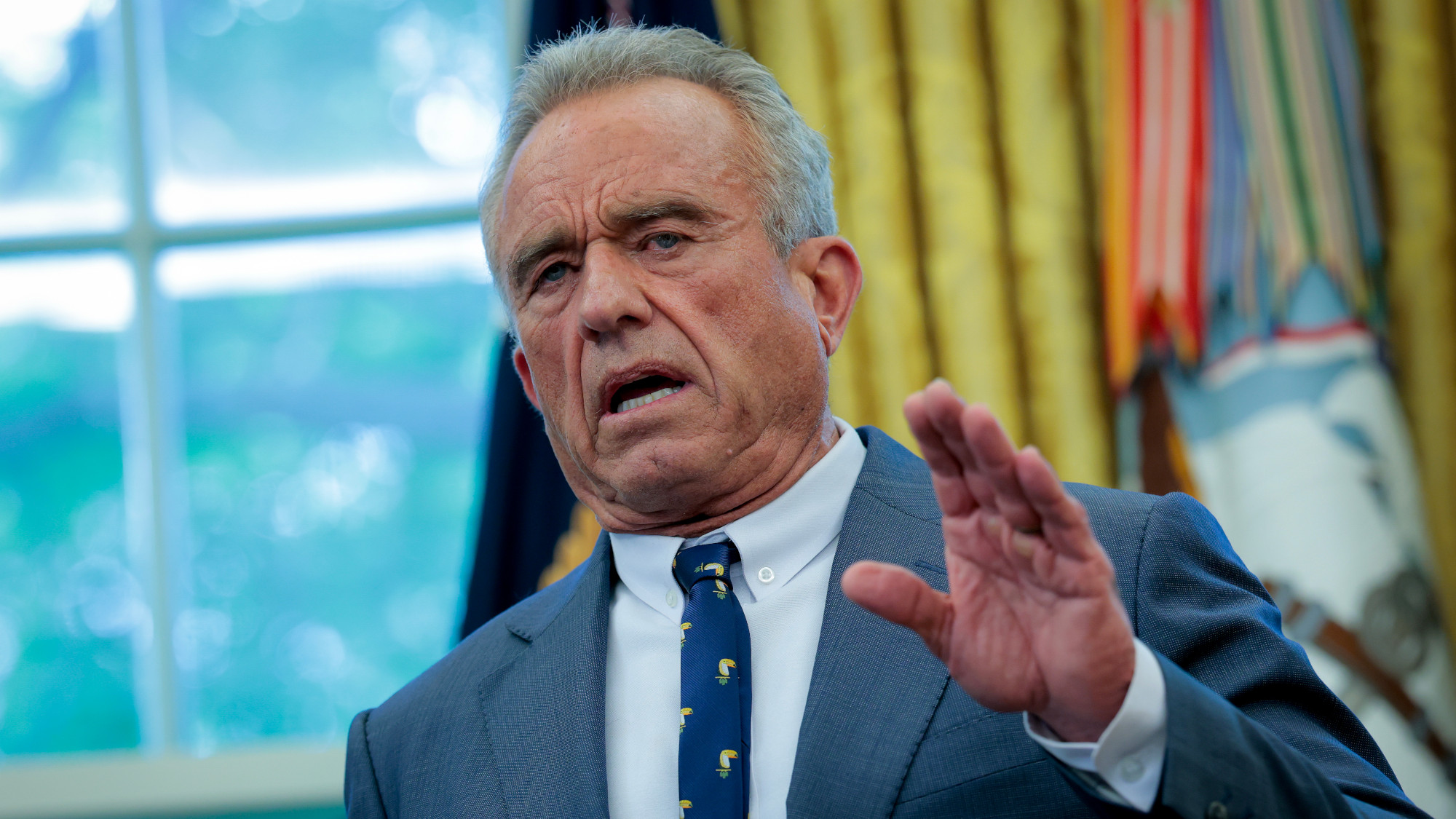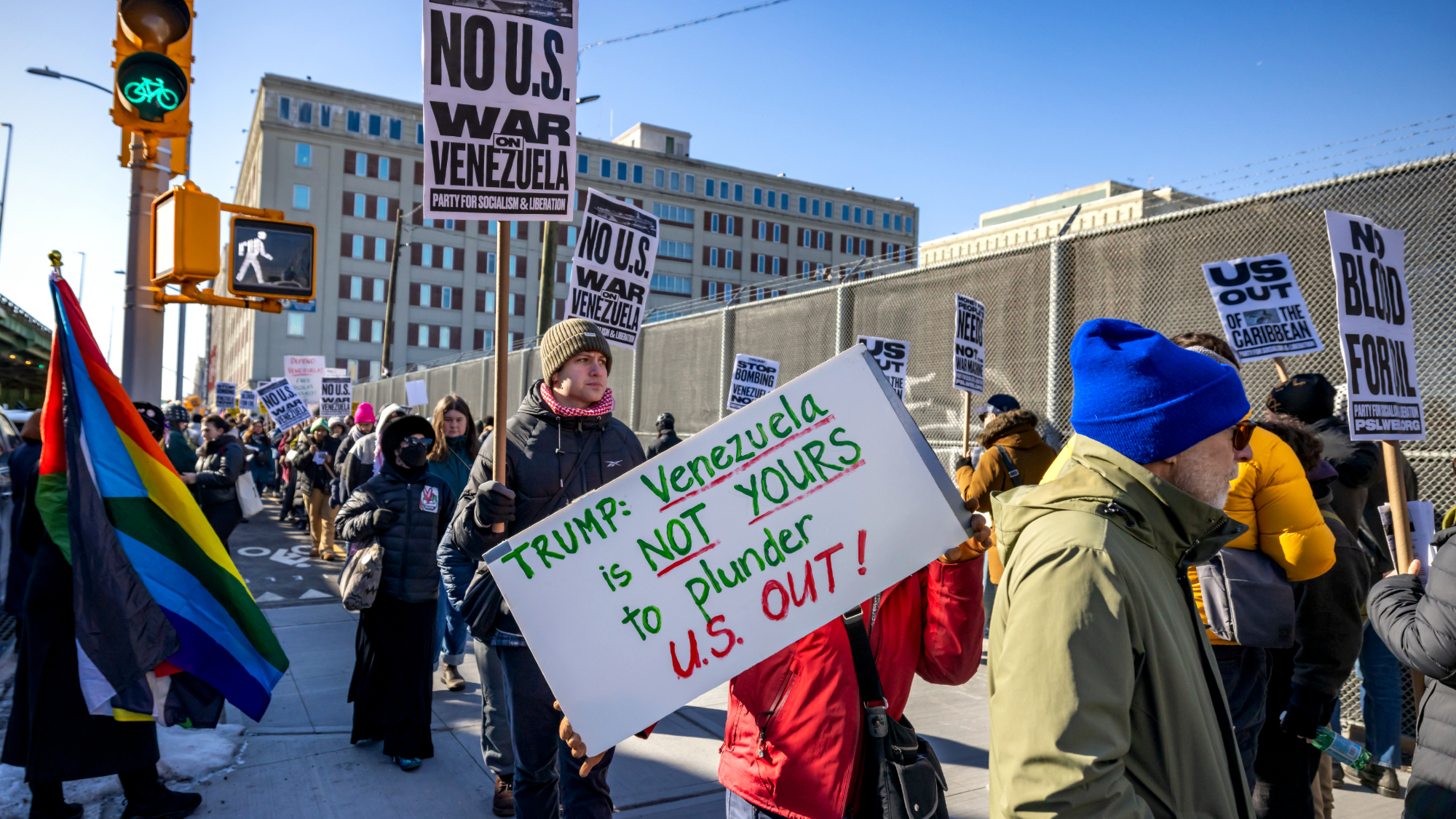Covid-19 relief fraud by the numbers
How much money has gone missing?


President Biden ended the Covid-19 national emergency this past April, a little more than three years after the pandemic began. While the disease may no longer be an everyday crisis, the pandemic saw the emergence of a new problem: efforts by fraudsters to steal Covid-19 relief funds from the government.
While fraud schemes surrounding Covid have been well documented, a report from The Associated Press provided new figures that shed light on what the AP called "the greatest grift in U.S. history." In total, the outlet reported that $400 billion in Covid relief funds were stolen or lost. Following the AP's report, the government has also released its own report into Covid fraud that shed additional light on the scale of the grift.
The haphazard nature of the pandemic's early days, along with agency shortages and other problems, created an environment where "the grift was just way too easy," the AP reported. The government's relief funds represented a "sort of endless pot of money that anyone could access," Dan Fruchter, the chief of the fraud and white-collar crime unit for the Eastern District of Washington's U.S. Attorney's office, told the outlet. "Folks kind of fooled themselves into thinking that it was a socially acceptable thing to do, even though it wasn't legal."
The Week
Escape your echo chamber. Get the facts behind the news, plus analysis from multiple perspectives.

Sign up for The Week's Free Newsletters
From our morning news briefing to a weekly Good News Newsletter, get the best of The Week delivered directly to your inbox.
From our morning news briefing to a weekly Good News Newsletter, get the best of The Week delivered directly to your inbox.
How much fraud has occurred?
While there is no exact number, fraudsters "potentially stole more than $280 billion in Covid-19 relief funding," the AP reported. Another $123 billion was "wasted or spent," putting the total estimated fraud at $403 billion. This combined figure represents 10% of the $4.2 trillion in total relief sent out by the United States during the pandemic.
The agency in charge of dispersing the money, the Small Business Administration (SBA), began doling out funds at a rapid pace upon the start of the pandemic. The SBA handled two massive programs, the Paycheck Protection Program and the Covid-19 Economic Injury Disaster Loan. Both of these programs ended up giving out billions in relief funds as the pandemic raged. In the initial rush by the SBA to get these funds out, "guardrails to protect federal money were dropped," the AP said, allowing fraudsters to swoop in. The SBA inspector general's office initially estimated that fraud from the Paycheck Protection Program had lost $20 billion to fraud and the Economic Injury Disaster Loan had lost $86 billion.
However, a new SBA report, released days after the AP's, estimated that more than $200 billion in total loans had been distributed to fraudsters. While it is not the $400 billion estimated by the AP, the figure still represents nearly a fifth of all distributed SBA loans and is the highest estimate of fraud yet by a government entity. It also "shows that as much as 17% of the programs' revenue may have been stolen," NBC News reported. This estimate is "far above the 5% that the Association of Certified Fraud Examiners estimates is the standard amount of expected fraud for any organization's finances."
What type of fraud was it?
The scope of the payouts "has obscured multibillion-dollar mistakes," the AP reported. For example, an $837 billion IRS program succeeded in getting stimulus checks to the right taxpayers 99% of the time. However, the 1% failure rate caused nearly $8 billion to go to ineligible recipients, a Treasure Department spokesperson told the AP.
A free daily email with the biggest news stories of the day – and the best features from TheWeek.com
Other schemes were more targeted. Medicare advocates across the country noticed "an eleventh-hour rise in complaints from beneficiaries who received [Covid] tests," NPR reported, even though the tests were never requested. These tests likely came from fraudsters who "may have been using, and could continue to use, seniors' Medicare information to improperly bill the federal government."
The fraud was "everywhere and the grift of fake businesses, stolen identities and other shenanigans ranged from epic steals to petty robbery," the Chicago Tribune reported. The Tribune cited one agency, the Ohio Department of Job and Family Services, at which there were "some $1 billion in 'fraudulent pandemic unemployment claims' and another $4.8 billion in 'overpayments.'"
How many defendants have been charged?
The government has charged more than 2,300 people with allegedly perpetrating Covid-19 fraud, according to the SBA's report. This represents a significant ramp-up in the past two years. By March 2021, the Justice Department had only charged 474 defendants with fraud-related crimes.
Biden has pressed for additional anti-fraud measures to be implemented. This includes investing $600 million "in fraud prevention and identity theft" and $600 million in resources "for investigations and prosecution of those engaged in major or systemic pandemic fraud," according to a White House fact sheet. The push appears to be somewhat productive, as one federal case alone "seized and recovered $286 million in stolen pandemic relief funds," the White House stated.
Updated July 3, 2023: This article has been updated throughout.
Justin Klawans has worked as a staff writer at The Week since 2022. He began his career covering local news before joining Newsweek as a breaking news reporter, where he wrote about politics, national and global affairs, business, crime, sports, film, television and other news. Justin has also freelanced for outlets including Collider and United Press International.
-
 Covid-19 mRNA vaccines could help fight cancer
Covid-19 mRNA vaccines could help fight cancerUnder the radar They boost the immune system
-
 The new Stratus Covid strain – and why it’s on the rise
The new Stratus Covid strain – and why it’s on the riseThe Explainer ‘No evidence’ new variant is more dangerous or that vaccines won’t work against it, say UK health experts
-
 RFK Jr. vaccine panel advises restricting MMRV shot
RFK Jr. vaccine panel advises restricting MMRV shotSpeed Read The committee voted to restrict access to a childhood vaccine against chickenpox
-
 RFK Jr. scraps Covid shots for pregnant women, kids
RFK Jr. scraps Covid shots for pregnant women, kidsSpeed Read The Health Secretary announced a policy change without informing CDC officials
-
 New FDA chiefs limit Covid-19 shots to elderly, sick
New FDA chiefs limit Covid-19 shots to elderly, sickspeed read The FDA set stricter approval standards for booster shots
-
 RFK Jr.: A new plan for sabotaging vaccines
RFK Jr.: A new plan for sabotaging vaccinesFeature The Health Secretary announced changes to vaccine testing and asks Americans to 'do your own research'
-
 Five years on: How Covid changed everything
Five years on: How Covid changed everythingFeature We seem to have collectively forgotten Covid’s horrors, but they have completely reshaped politics
-
 HMPV is spreading in China but there's no need to worry
HMPV is spreading in China but there's no need to worryThe Explainer Respiratory illness is common in winter



